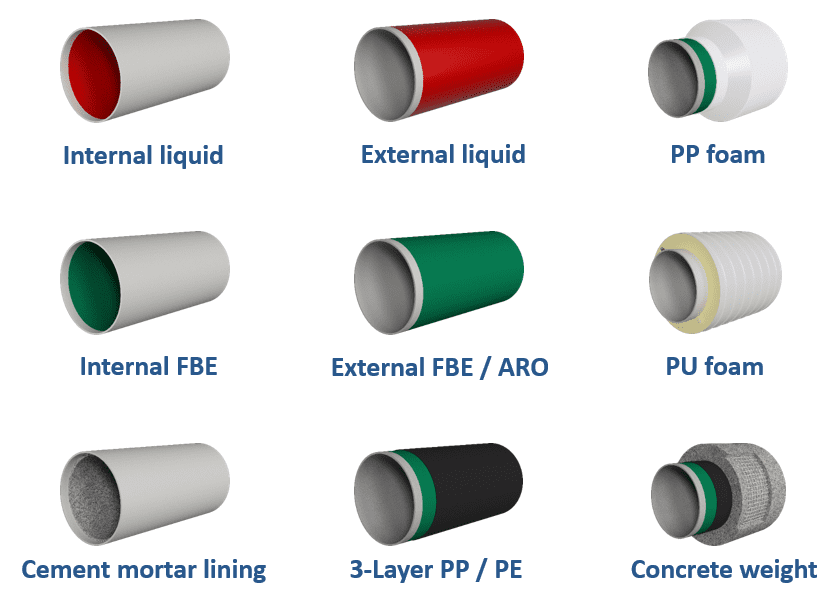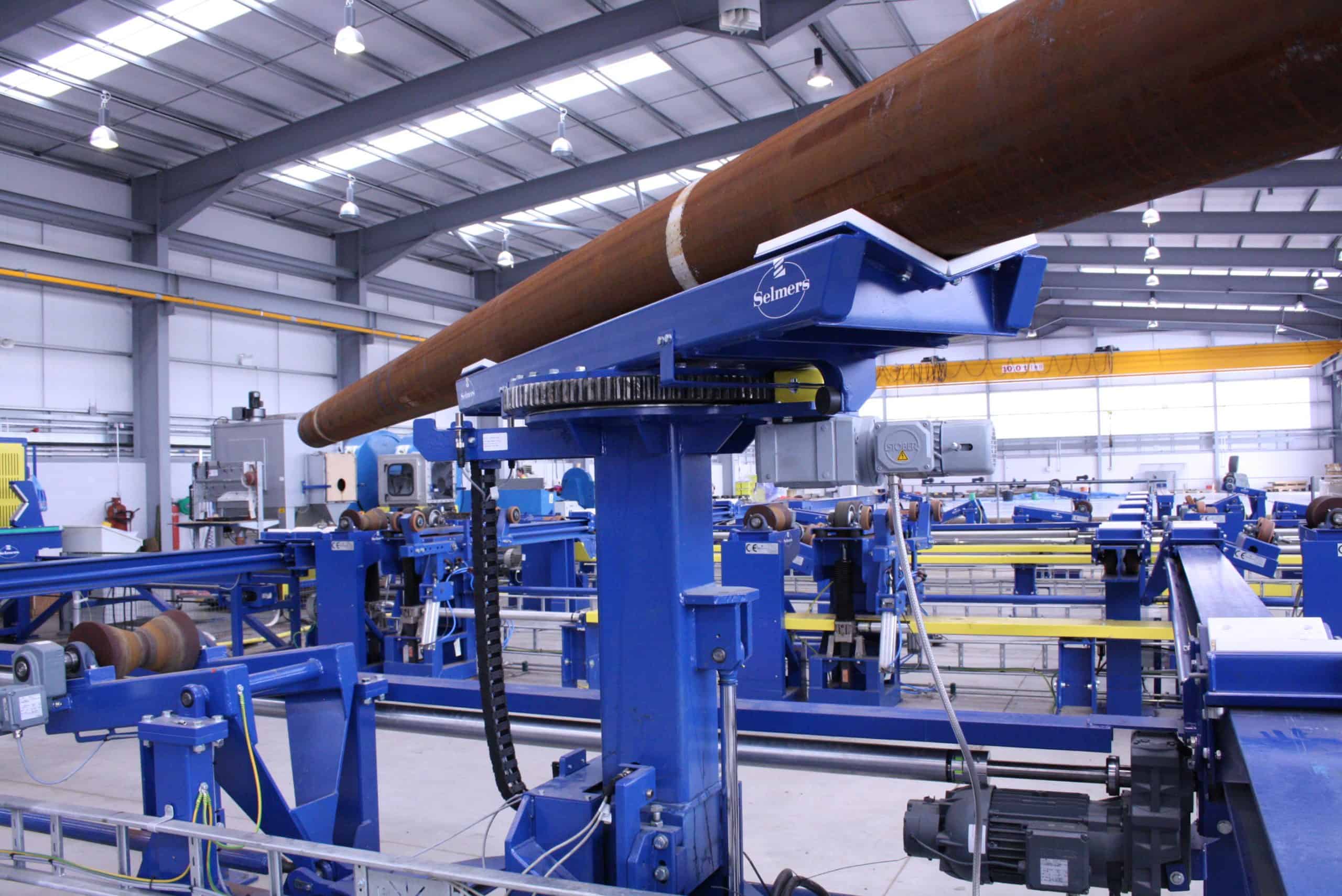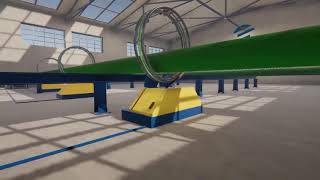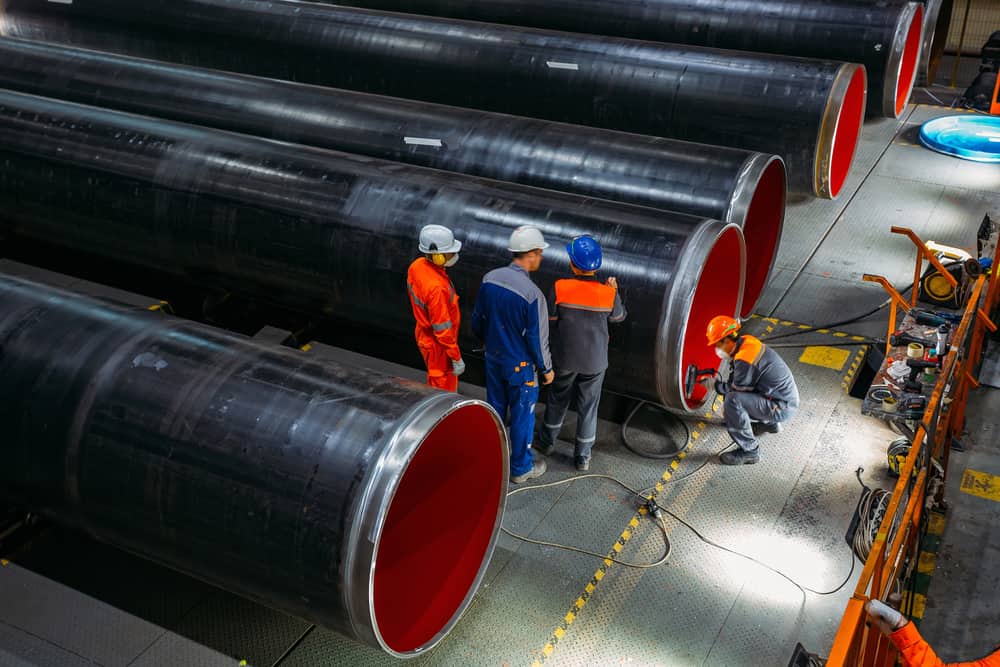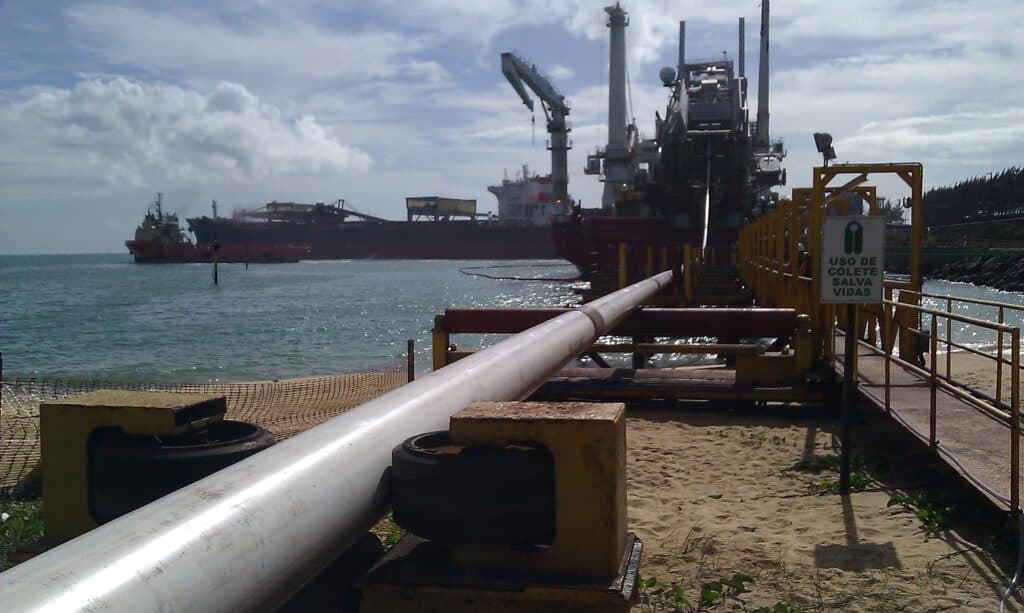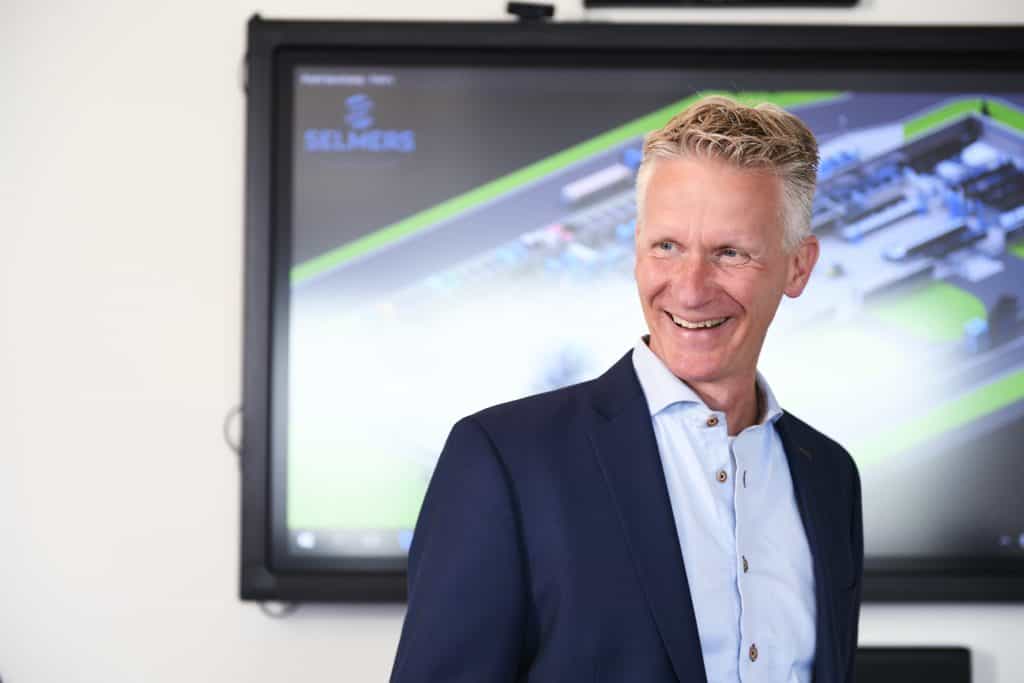Luck runs out but safety is good for life
When we speak about safety in heavy industries like ours, it is evident that potential hazards are just too significant to take lightly. Once a heavy pipe starts rolling or swinging, there isn’t much you can do to stop it. There’s a minimal window to intervene, and the repercussions can be severe. So for Selmers, safety isn’t just a protocol, it’s a committed promise.
How much harm could a little tweaking do…
The saying ‘familiarity breeds contempt’ is very much applicable to safety in industrial environments. Employees, after months or years operating within a familiar environment, can inadvertently become desensitized to latent hazards. A subtle shift in a machine setting or a slight modification in a process can mean even the most seasoned operators could miss a lurking danger. This is where the pivotal role of routine risk assessments emerges.
An ounce of prevention is worth a pound of cure
Safety isn’t just about identifying risks like collision, pinching or nipping. It’s about solution-oriented action. That’s why we have advanced person detection systems like light curtains, lasers and radar. Also, our equipment has safety cells, interlocked safety fences and/or pressure mats. But paramount is safe equipment itself! This means safe to operate without risk of pinching, nipping or collision. For our industry, proactive prevention is paramount. These aren’t just innovations for the sake of innovation but meaningful additions aimed at safeguarding every individual on the floor.
Detecting pinch point hazards
A pinch point is where two objects come together and there is a risk of a body part getting caught. This could occur with conveyor belts, chains and pipes, or unsecured materials. For instance between diabolo rollers and pipe or between pipe and rotation unit wheels. Safe machines are the best way to avoid pinching.

Tackling nip point hazards
A nip point is a type of pinch point involving rotating objects like gears or pulleys. When two adjacent parts of machinery move towards each other, they also have the potential to capture or draw-in body parts, loose clothing, or hair. Injuries can be minor, but also fatal. Situations that can cause this, are for instance gaps in closing doors, and objects swinging or being lowered. These situations could be avoided through fences, shields, pressure mats, and all measures that prevent crossing the production line during pipe movement. Line discipline is therefore essential. On top of that, preventive measures can reduce this risk. This could be through minimizing a gap. Doing this requires the preemptive calculation of risks as well as adherence to safety discipline.
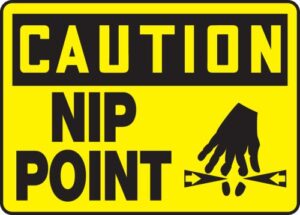
Accidents can happen in a split second
There are of course more risks to assess. Someone can easily trip by an uneven floor or loose cables. Entrapment could occur inside the workstation when a pipe approaches the stalk end. Other hazards are collision, fire, or being exposed to harmful substances or UV-radiation during the welding process. Also, in itself, a worn production line can cause obvious risks. Furthermore, any energy stored in load, should be handled with the proper safety measures.
Safety shouldn’t get in the way
However, when safety regulations become too obtrusive, they can be counterproductive. Hence, they must seamlessly integrate into the daily flow of operations and become second nature. So, in addition to having the best safety settings and machines that automatically stop when an unidentified object is detected, we train employees to develop the right mindset to safeguard themselves and their colleagues. We aim to share insights and learn from their experiences. The goal? A collective, evolving understanding of safety, tailored to the unique needs of each workplace. In this business, there’s no ‘one size fits all’ solution, and protocols evolve over time.
*Note. Please keep in mind that the mentioned hazards are examples, and are not to be considered an all-inclusive list. In addition to adhering to, and implementing all possible safety regulations, supervision by management should be integrated into operations and country specific regulations for HSE (UK Health and Safety Environment) should be followed.
Considering a safety assessment?
We aren’t just a provider of machines; we see ourselves as a partner in a shared vision of a safer industrial world. Whether you need a safety assessment, training, or safety equipment for your production in the pipe, tube or wind industry, we’re here to assist. Reach out to us at +31 (0)251 211 999, send an email to sales@selmers.com or fill in the contact form.
